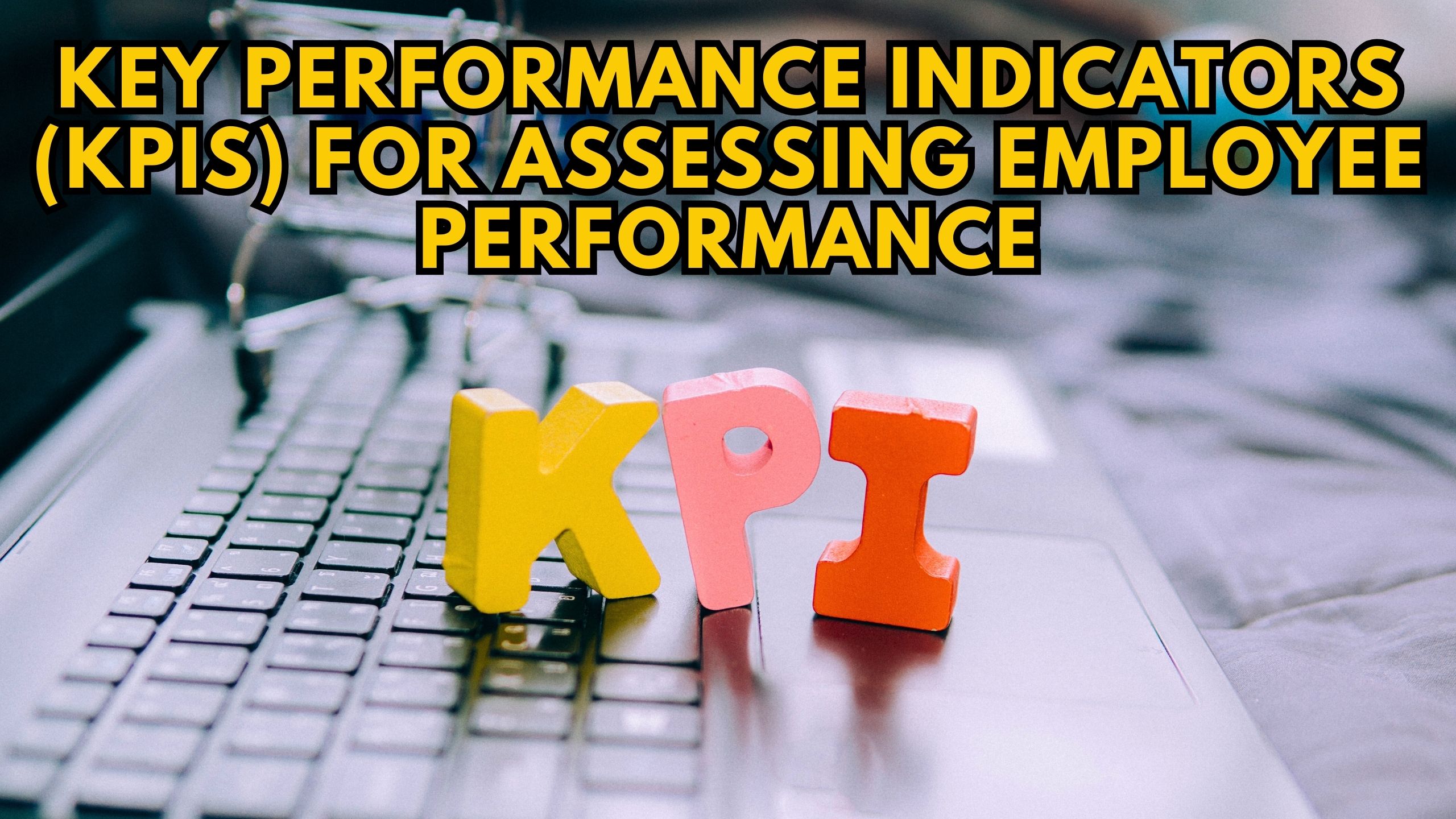Key Performance Indicators (KPIs) for Assessing Employee Performance


Key Performance Indicators (KPIs) for Assessing Employee Performance
Understanding and utilizing Key Performance Indicators (KPIs) is paramount in evaluating employee performance effectively. This blog delves into the significance of KPIs, exploring how they contribute to organizational success.
The Essence of Employee Performance Metrics
1. BambooHR
BambooHR streamlines HR processes and offers insightful analytics. By tracking employee data, it enhances decision-making for performance evaluations.
Aligning Individual Goals with Organizational Objectives
For optimal performance, employees need clarity on how their efforts contribute to broader company goals. KPIs provide a tangible way to align individual achievements with organizational success.
2. 15Five
15Five facilitates continuous performance management, allowing managers to set and track employee objectives effortlessly. Its intuitive interface promotes regular check-ins and feedback.
Enhancing Employee Engagement
Engaged employees are more likely to contribute positively to an organization. KPIs that focus on engagement metrics help companies nurture a work environment that fosters productivity and satisfaction.
3. Glint (LinkedIn Learning)
Glint, now a part of LinkedIn Learning, offers employee engagement solutions. By leveraging real-time data, it assists in identifying areas for improvement and recognizing successful strategies.
Measuring Employee Productivity and Efficiency
4. Toggle Track
Toggl Track is a time tracking tool that aids in measuring productivity. It provides insights into how employees allocate their time, allowing for informed performance discussions.
Continuous Feedback and Improvement
Regular feedback is integral to employee growth. Implementing KPIs related to feedback mechanisms fosters a culture of continuous improvement.
5. Lattice
Lattice offers a performance management platform that includes feedback tools. It facilitates ongoing conversations, ensuring employees receive timely input for their development.
Conclusion
In conclusion, KPIs serve as indispensable tools in the assessment of employee performance. By incorporating relevant metrics, organizations can enhance productivity, align individual efforts with overarching goals, and create a workplace culture conducive to continuous improvement.
Optimize Your Workforce Management with Subscribed.fyi!
Sign up today to access exclusive member-only deals on essential SaaS tools. Manage your subscriptions efficiently, make informed decisions, and unlock savings of $100,000+ per year. Your journey to streamlined SaaS management starts here! Join Subscribed.fyi Now!
Relevant Links:





